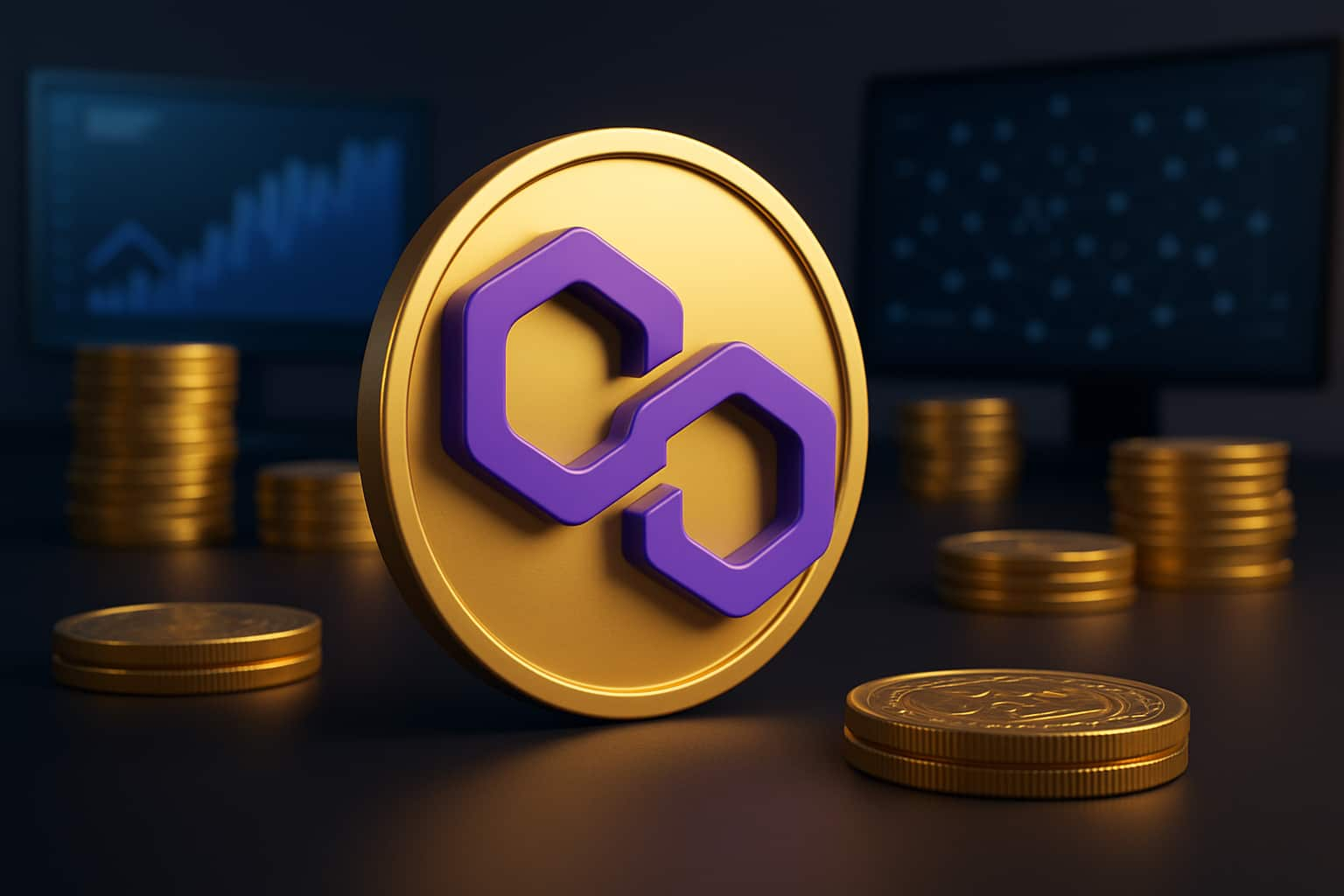-
As the demand for decentralized applications (dApps) and digital assets grows, the Ethereum network finds itself at a critical inflection point. Originally designed as a secure, distributed “world computer,” Ethereum's base layer now hosts a thriving ecosystem of decentralized finance (DeFi), non-fungible tokens (NFTs), games, and much more. But success in blockchain app development comes at a cost: high transaction fees, network congestion, and scalability challenges. Many solutions have been proposed and are currently being developed—from sharding to alternative Layer-1 blockchains—but one of the most promising innovations is the zkEVM. By combining the power of zero-knowledge (ZK) proofs with the compatibility of the Ethereum Virtual Machine (EVM), zkEVM-based solutions hold the potential to dramatically improve Ethereum's scalability without sacrificing its security or developer experience.
Understanding Ethereum's Scalability Challenge
The root of Ethereum's scalability issues lies in its architectural brilliance. Ethereum's base layer ensures decentralization and security by requiring every network node to validate and store all transactions. This strategy provides a tamper-resistant ledger and a vibrant, censorship-resistant environment. However, it also means that throughput is limited. The network can typically handle only around 15-30 transactions per second (TPS), far less than what's needed for widespread, global adoption. As more users and dApps flock to Ethereum, gas fees—the cost of executing transactions on the network—can skyrocket during periods of high demand, pricing out smaller users and dampening the ecosystem's inclusivity.
Also, Read | Build a Secure Smart Contract Using zk-SNARKs in Solidity
The Layer-2 Solution Spectrum
To alleviate these bottlenecks, developers have turned to Layer-2 (L2) scaling solutions that operate on top of Ethereum's base layer. The goal is to move complex computations and state transitions off-chain while leveraging the security and finality of Ethereum's mainnet. Over the years, multiple L2 technologies have emerged:
State Channels: These allow participants to transact off-chain and settle the final state to the main chain once they are done.
Plasma: Uses child chains to handle most transactions, only interacting with the main Ethereum chain periodically.
Optimistic Rollups: Aggregates multiple transactions into a single batch submitted to Ethereum. Security relies on fraud proofs—if a bad state transition is posted, anyone can challenge it by providing evidence.
ZK-Rollups: Similar to Optimistic Rollups in that they bundle transactions off-chain and submit compressed proofs on-chain. However, their security model relies on zero-knowledge proofs, which provide cryptographic certainty that the off-chain computations are correct without the need for challenges.
Each approach has its advantages and trade-offs. But ZK-Rollups have emerged as a particularly attractive option due to their trustless verification model and instant finality.
You may also like | How to Deploy a Smart Contract to Polygon zkEVM Testnet
Zero-Knowledge Proofs: A Primer
Before diving into zkEVM, it's important to understand the concept of zero-knowledge proofs (ZKPs). In cryptography, a zero-knowledge proof allows one party (the prover) to demonstrate to another (the verifier) that a statement is true, without revealing why it is true or how to arrive at the conclusion.
For example, imagine proving you know the solution to a puzzle without showing the actual solution itself. The verifier is convinced that you know the answer, but gains no additional insight. Applied to blockchains, this means a system can prove the correctness of a set of transactions (or computations) without sharing every detail. This reduces the amount of data on-chain and, consequently, saves on bandwidth and gas.
ZK-Rollups: Scaling Through Cryptographic Assurance
ZK-Rollups batch hundreds or thousands of transactions off-chain and use ZKPs to generate a succinct, cryptographic proof that these transactions are valid. This proof is then posted on-chain. Once verified by Ethereum's mainnet, the state updates are considered final and irrevocable. No dispute resolution or challenge period is needed—if the proof checks out, everyone knows the computations are correct.
This approach can increase Ethereum's throughput to thousands of TPS while preserving security. However, early ZK-Rollups had a significant drawback: They did not directly support arbitrary smart contracts written for the EVM. Instead, developers had to use specialized languages or be restricted in the types of computations they could perform.
Also, Check | How ZK-Rollups are Streamlining Crypto Banking in 2024
Enter the zkEVM: The Missing Piece
The zkEVM is the natural evolution of ZK-Rollups—an environment that emulates the Ethereum Virtual Machine itself and verifies its computations using zero-knowledge proofs. In essence, the zkEVM provides a “ZK-friendly” version of the EVM, allowing existing Ethereum smart contracts to run directly on a ZK-Rollup without modification or special tooling.
What does this mean in practice?
EVM Equivalence or Compatibility:
A zkEVM aims to replicate the Ethereum Virtual Machine's behavior so closely that the same code which runs on Ethereum's Layer-1 can also run on Layer-2 with zero or minimal changes. By achieving EVM equivalence or a near-equivalent environment, developers can leverage the vast tooling, libraries, frameworks, and knowledge base that the Ethereum ecosystem has built up over the years.Developer Experience:
With a zkEVM, developers can deploy their Solidity smart contracts and use the same wallets, debugging tools, testing frameworks, and client libraries they're already accustomed to. There is no need to learn a new language or adapt to drastically different virtual machine semantics. This lowers the barrier to entry and accelerates the adoption of ZK-Rollup technology.Enhanced Security and Scalability:
By utilizing ZKPs, the zkEVM provides a trustless guarantee that all off-chain computations—such as transaction execution and state transitions—are correct. Since fraud proofs are not needed, finality can be near-instant, and security does not rely on economic incentives or extended challenge periods. Meanwhile, the on-chain data footprint is minimized, reducing transaction costs and improving throughput.Also, Discover | Diverse Use Cases and Applications ZK Proofs
Key Components of a zkEVM
State Representation:
The zkEVM must replicate the EVM's state model—accounts, balances, storage, and more. It should produce the same state root after executing a given sequence of transactions as the Ethereum mainnet would.Instruction Set Emulation:
The EVM executes opcodes defined by Ethereum's specification. The zkEVM must support the same opcodes or translate them into circuits that generate zero-knowledge proofs. This involves complex circuit design that can handle the intricacies of EVM computations, such as arithmetic, storage access, and external calls.ZK-Friendly Hash Functions:
Ethereum relies heavily on Keccak-256 for hashing. However, zero-knowledge circuits often prefer hash functions that are more efficient to verify in a ZKP setting. Some zkEVM designs incorporate hash functions (like Poseidon or Rescue) that are more “ZK-friendly” while still producing Ethereum-compatible state roots. Striking this balance is a major engineering challenge.Proof Generation and Aggregation:
The zkEVM must generate proofs that attest to the correctness of each batch of transactions. Generating these proofs efficiently is a technical hurdle—naively, proof generation can be computationally expensive. To address this, zkEVM implementations often rely on hardware acceleration, parallelization, and proof aggregation techniques to ensure proof generation times are manageable for real-world usage.Also, Read | Exploring zkSync for Optimizing Blockchain Scalability
Projects Leading the Way
Several teams are working tirelessly to bring zkEVMs to fruition:
Polygon zkEVM: Polygon's solution aims to deliver an EVM-equivalent environment secured by zero-knowledge proofs. It targets seamless developer onboarding and aims to leverage Ethereum's robust ecosystem to drive adoption.
Scroll: Scroll is working towards a fully EVM-compatible zk-Rollup built on top of Ethereum. By focusing on EVM equivalence, Scroll aspires to make migration from L1 to L2 as frictionless as possible.
zkSync Era: While zkSync initially started with a more restricted smart contract environment, zkSync Era (formerly zkSync 2.0) introduced an EVM-compatible environment that tries to leverage Solidity and Vyper smart contracts directly.
Taiko: Another project that aims to build a Type 1 zkEVM—meaning it's aiming for full equivalence with Ethereum's EVM without any compromises—ensuring that any change to Ethereum's core EVM would naturally apply to Taiko.
These projects are at varying stages of development, some already running on testnets and early mainnets. Over time, we will see these technologies mature, becoming faster, cheaper, and more developer-friendly.
The Future of Ethereum Scaling
The zkEVM represents a crucial step in Ethereum's scalability roadmap. By delivering a high-throughput, low-cost environment that is fully compatible with existing dApps, the zkEVM can supercharge Ethereum's growth. It offers:
Massive Throughput Gains: Thousands of TPS, allowing Ethereum to handle global-scale applications.
Lower Transaction Costs: Dramatically reduced gas fees, making Ethereum more accessible to a broader audience.
Instant Finality & Security: No need for challenge periods; correctness is guaranteed cryptographically.
Developer Ecosystem Continuity: EVM compatibility ensures that the existing ecosystem of developers, tooling, and frameworks remains directly applicable, accelerating innovation and adoption.
As Ethereum continues to evolve—from the Merge to Proto-Danksharding and beyond—the importance of Layer-2 solutions will only increase. The synergy between Ethereum's secure base layer and advanced L2 technologies like the zkEVM could make Ethereum the most capable and inclusive platform for decentralized applications. In the future, users may interact with Ethereum-based services seamlessly, enjoying near-instant confirmation times and negligible fees, all while benefiting from the robust security and decentralization Ethereum is known for.
You may also like | Polygon zkEVM | For Efficient Scalability of Your dApp
Conclusion
Ethereum's path to global adoption hinges on its ability to scale without compromising security or decentralization. The zkEVM stands at the forefront of this endeavor, delivering a breakthrough that marries the promise of zero-knowledge proofs with the familiarity of the EVM. By doing so, it preserves the integrity of the developer experience and the rich ecosystem that Ethereum has cultivated, while simultaneously unlocking orders-of-magnitude improvements in speed and cost-efficiency.
As these zkEVM-based rollups progress from prototypes to production environments, they will dramatically reshape what is possible on Ethereum. Rather than being hindered by high fees and network congestion, future dApps can leverage zkEVMs to provide the kind of user experience necessary for mainstream adoption. Ultimately, the zkEVM may well be the key to Ethereum's evolution into a truly global, ubiquitous platform for decentralized innovation. If you are looking to build a project leveraging zkEVM technology, connect with our blockchain developers to get started.

Our Offices
INDIA
Emaar Digital Greens, Sector 61,
Gurugram, Haryana
122011.
Welldone Tech Park,
Sector 48, Sohna road,
Gurugram, Haryana
122018.















